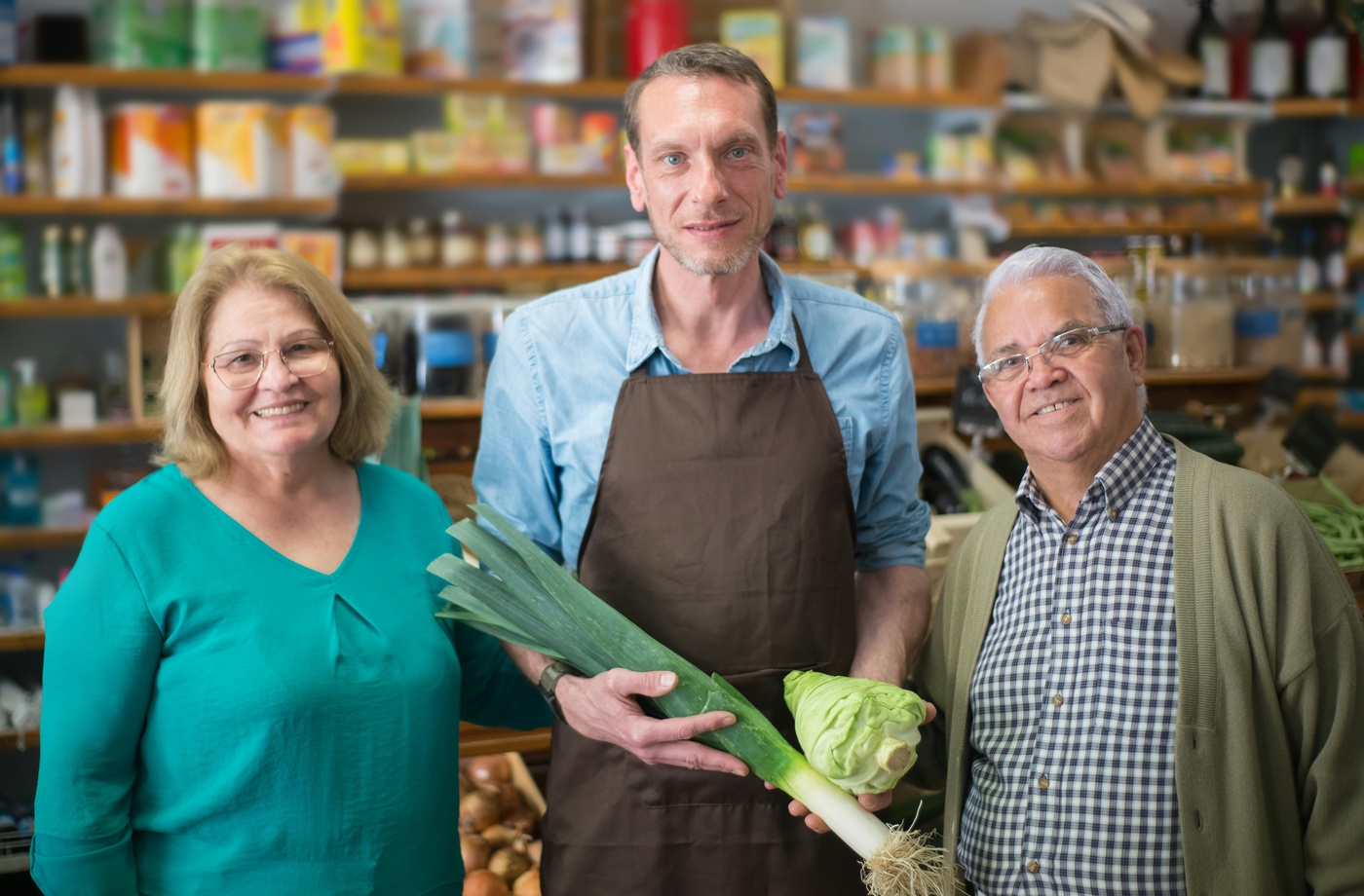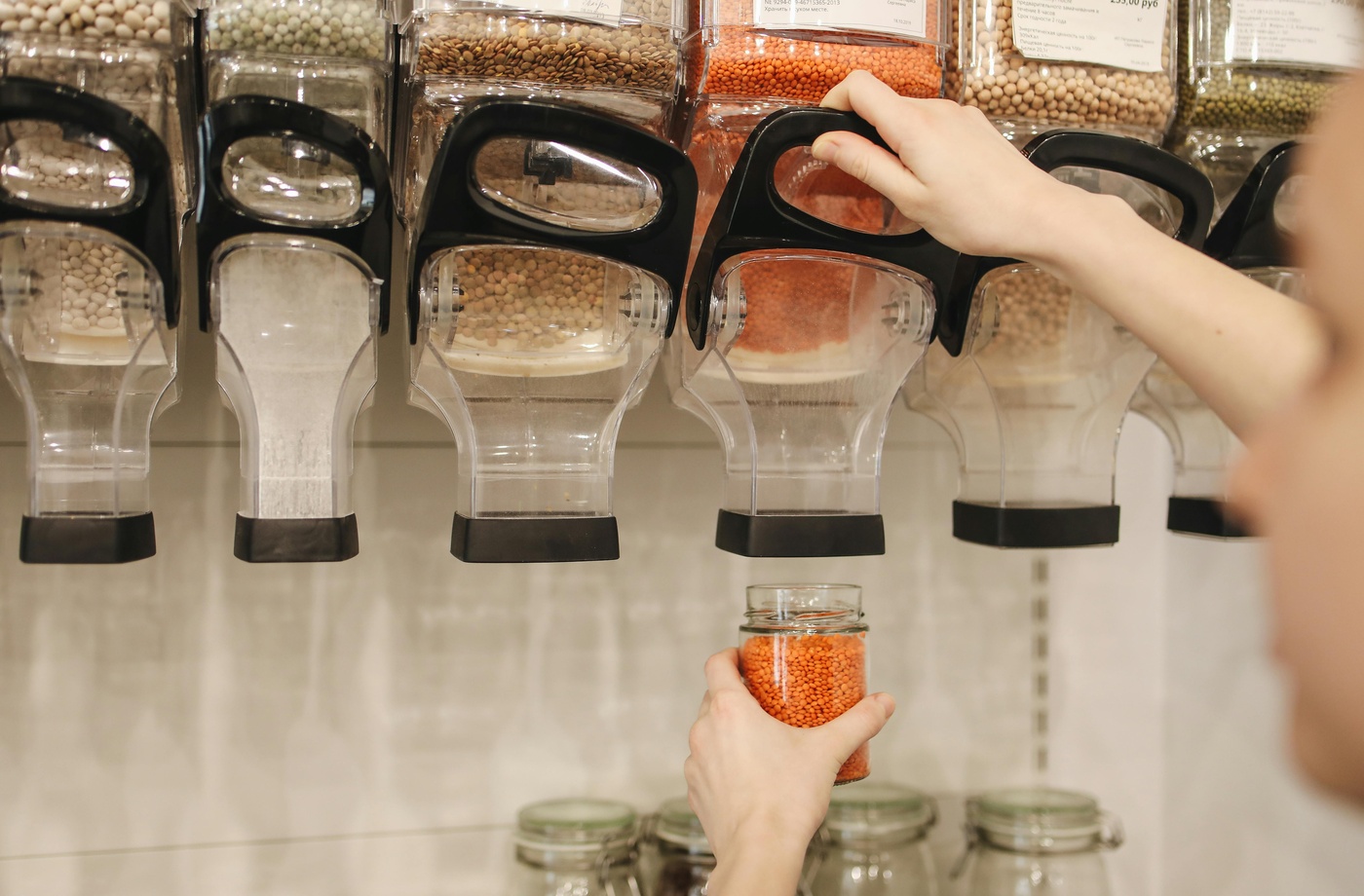Meal prepping is one of the most effective habits for saving money, reducing waste, and avoiding last-minute takeout. But it doesn’t require expensive containers, complicated recipes, or hours in the kitchen. With a few budget-conscious strategies, you can prep a week’s worth of meals that are affordable, balanced, and ready when you need them.
Here’s how to meal prep for the week without overspending—and how to stretch your grocery dollars even further.
Why meal prepping saves money
When meals are prepped in advance, you’re less likely to make impulse purchases, waste groceries, or resort to high-cost convenience foods. Prepping in bulk allows you to plan around sales, avoid food spoilage, and reuse ingredients across meals.
Step 1: Set a realistic prep plan
Start with prepping 3 to 4 meals for the week. Choose recipes that share ingredients (like chicken, rice, or broccoli) to reduce your grocery list. Select a combination of:
- One-pot meals (like chili or stir-fry)
- Oven-baked sheet pan meals
- Grab-and-go breakfast options (like overnight oats or egg muffins)
Apps like MealPrepPro and Mealime can help create custom plans and shopping lists based on dietary preferences and budget.
Step 2: Shop your pantry first
Before heading to the store, check what you already have on hand. Build your prep plan around ingredients in your pantry or freezer to minimize new purchases. Use tools like SuperCook to generate recipes based on existing ingredients.
Step 3: Buy ingredients in bulk where it makes sense
Staples like rice, oats, dried beans, and frozen vegetables are typically much cheaper when bought in larger quantities. Buying in bulk cuts cost per serving and ensures you have versatile ingredients for future meals.
If you’re shopping at places like BJ’s or Kroger, consider using Fluz to earn cashback with a BJ’s Wholesale gift card or get rewards with a Kroger gift card to stretch your savings even further.
You can explore additional stores offering cashback at the Fluz store directory.
Step 4: Choose recipes that freeze and reheat well
Great meal prep recipes hold up in the fridge or freezer and don’t require special reheating methods. Some solid budget-friendly options include:
- Chicken and veggie stir-fry with brown rice
- Lentil soup or bean chili
- Pasta with roasted vegetables and tomato sauce
- Quinoa bowls with frozen greens and eggs
Avoid recipes with delicate textures (like fried foods or crispy coatings), as they can become soggy after storage.
Step 5: Use the right containers—but don’t overspend
While high-end meal prep containers exist, inexpensive BPA-free plastic or glass containers work just as well. Make sure they’re microwave-safe and stackable to save fridge space.
Label your containers with contents and dates so you can track freshness and rotate meals accordingly.
Step 6: Prep in batches to save time
Block off 1–2 hours each week for bulk cooking. Roast a tray of vegetables, cook multiple portions of grains, and prep proteins like shredded chicken or ground turkey in advance. This allows mix-and-match flexibility throughout the week.
Bonus: stack rebates with post-shopping receipt apps
After shopping and prepping, scan your receipt with apps like Ibotta or Fetch to claim cashback on eligible products—even if you used a gift card to pay. This lets you double up on rewards and maximize your weekly prep value.



